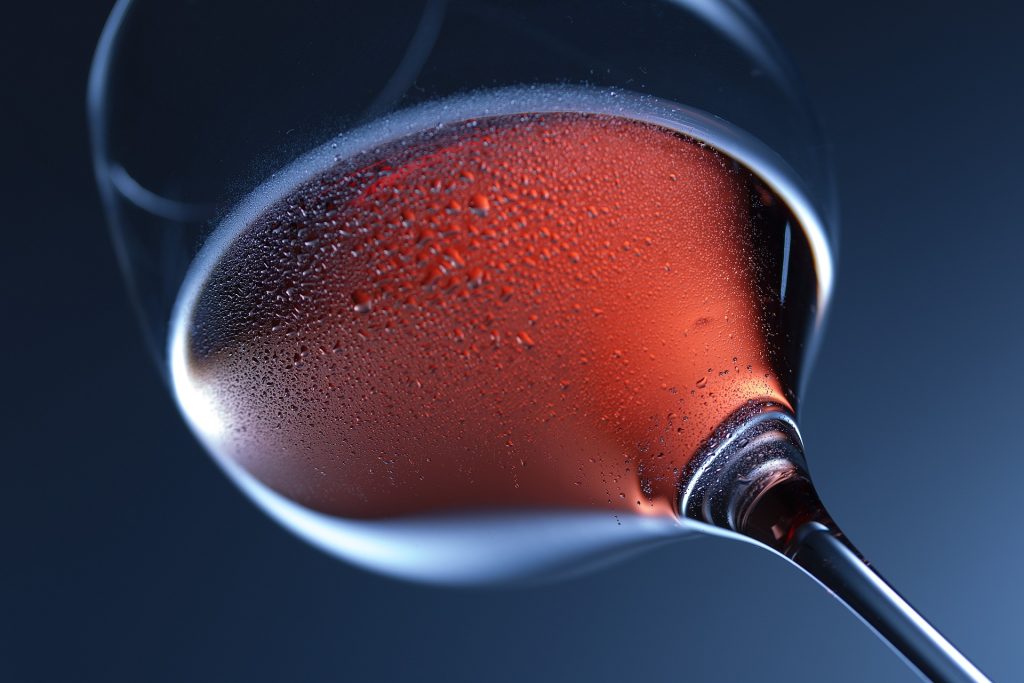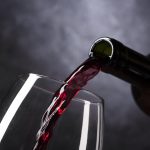Introduction
Wine tasting is an art that combines sensory evaluation with personal enjoyment. For red wine enthusiasts, understanding how to taste wine properly can enhance the overall experience. This article provides practical tips for savoring red wine, from preparation to evaluation.
1. Preparing for a Wine Tasting
Before diving into the tasting process, it’s essential to set the stage:
- Choose the Right Glassware: The shape of the glass can influence the wine’s aroma and flavor. Opt for a tulip-shaped glass, which allows for better aeration and concentration of aromas.
- Serve at the Right Temperature: Red wines are best served slightly below room temperature, typically between 60°F to 65°F (15°C to 18°C). Chilling a bottle of red wine for about 30 minutes can enhance its refreshing qualities.
- Decanting: For full-bodied red wines, consider decanting. This process involves pouring the wine into a separate container to aerate it, allowing complex flavors to develop. Decanting can also help separate sediment from older wines.
2. The Tasting Process
The tasting process consists of several steps:
- Visual Examination: Begin by observing the wine’s color and clarity. Tilt the glass against a white background to assess its hue and intensity.
- Swirling: Gently swirl the wine in the glass to release its aromas. This action increases the surface area exposed to air, enhancing the wine’s bouquet.
- Smelling: Bring the glass to your nose and take a deep inhale. Try to identify different aromas, such as fruit, floral notes, or earthy undertones. Take your time; this step is crucial for appreciating the wine’s complexity.
- Tasting: Take a small sip and let the wine linger on your palate. Pay attention to the wine’s balance—how the sweetness, acidity, and tannins interact. Note any flavors that stand out, such as dark fruits, spices, or oak.
- Finish: After swallowing, take a moment to reflect on the wine’s finish. A long, pleasant finish often indicates a high-quality wine.
3. Pairing with Food
Wine tasting can be enhanced by pairing red wine with food:
- Complementary Flavors: Consider the wine’s flavor profile when selecting food. For example, a bold Cabernet Sauvignon pairs well with grilled meats, while a lighter Pinot Noir complements roasted chicken or mushroom dishes.
- Experimentation: Don’t be afraid to experiment with different pairings. The right combination can elevate both the wine and the food, creating a memorable dining experience.
Conclusion
Tasting red wine is an enjoyable and rewarding experience that allows you to explore a wide range of flavors and aromas. By following these tips and engaging your senses, you can enhance your appreciation for red wine and discover new favorites. Whether tasting alone or with friends, the art of wine tasting is a journey worth embarking on.


